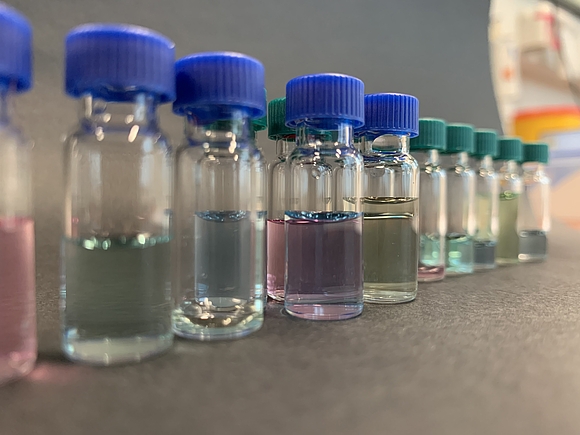Drug Delivery Systems
This research field is dedicated to the local release of active substances with the aim of applying a drug directly at the site of action. In contrast to systemic administration, the amount of active substance and possible side effects can be reduced. Furthermore, these systems are able to minimise the frequency of drug applications through a sustained release. Drug delivery systems can be applied as a coating to implants and other medical devices, thus forming combination products. They can also be applied directly as active ingredient formulations and used as depots.
The pharmaceutical substances range from small molecules, e.g. corticosteroids, to biogenic macromolecules, such as proteins, growth factors and nucleic acids. Different immobilisation methods are used depending on the application target and the active ingredient. Solution- and plasma-based methods are used in addition to layer-by-layer technology.
The interaction, distribution and release are determined by the active substance itself and by the corresponding biomaterial (matrix or substrate) as well as the applied processing and post-treatment procedures.
Liquid chromatographic (GPC, HPLC and LCMS) as well as physico-chemical (DSC, TGA) and structural/materialographic methods are used to investigate these systems. In addition, spectroscopic investigations are carried out using IR, UV-Vis, Raman and X-ray photoelectron spectroscopy. Furthermore, drug release is investigated both in vivo and in vitro, also under GLP conditions.

